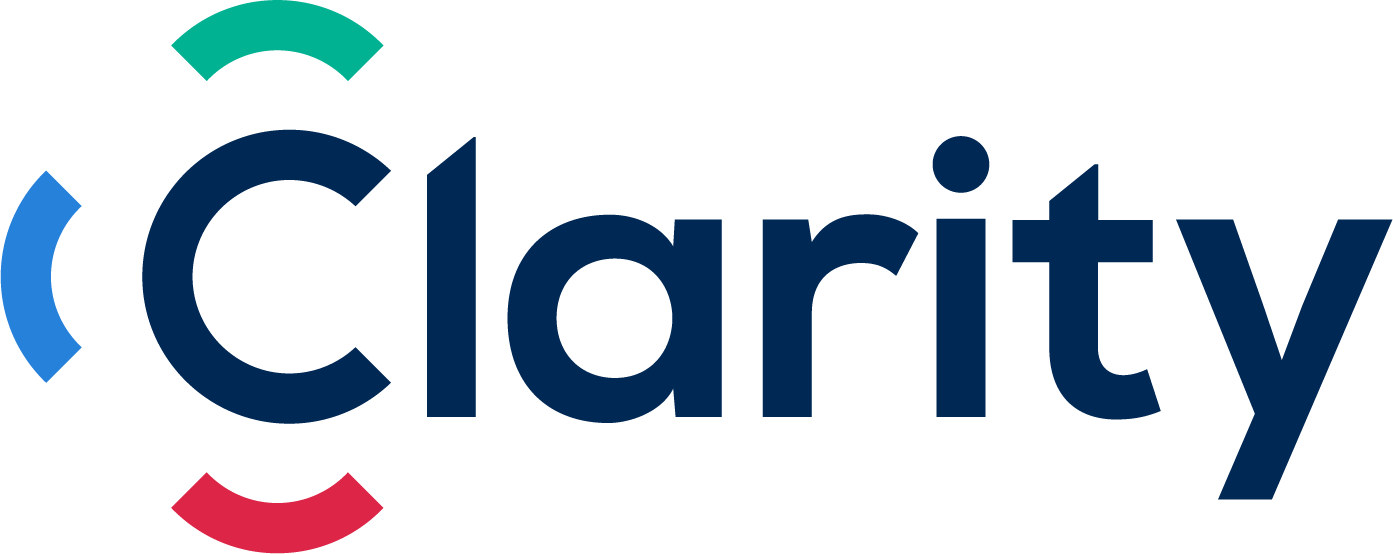Different generations require different tactics from employers looking to attract top talent. Here are some strategies for attracting the best and brightest from each generation.
As top accounting and financial recruiters in Toronto, we at Clarity Recruitment are committed to bringing you information that helps you attract, hire, and engage exceptional talent, so that you find the right people for your accounting and finance jobs and needs. In this guest blog, Giselle Kovary and Adwoa Buahene, from n-gen People Performance Inc. — experts and leaders in helping organizations engage multigenerational customers and employees — offer their insights into how you can attract the best and brightest from all four generations of the workforce.
By Giselle Kovary, M.A., and Adwoa K. Buahene, M.A.
n-gen People Performance Inc.
http://www.ngenperformance.com
Hiring and recruitment have evolved into a complex “courtship ritual,” in which both recruiters and candidates seek to impress one another other (while avoiding major faux-pas). Employers, on the one hand, try to entice desired candidates with the promise of career opportunities, exciting projects, and generous salaries and benefits. Candidates, on the other, pitch their technical competence and skills, charisma and commitment to potential employers. This whole ritual is given an added layer of complexity by the fact that no less than four distinct generational identities — Traditionalists (born 1922-45), Baby Boomers (born 1946-64), Generation X (born 1965-80), and Generation Y (born after 1981) — make up today’s workforce, and that each of these four generations is shaped by its own life-defining events and motivated by distinct needs and wants.
Hiring managers and recruiters who use a “one-size-fits-all” approach in order to attract new employees ignore these differences at their own peril. To attract high performing employees from all four groups, organizations must develop an integrated recruitment strategy that speaks to the requirements, needs, and interests of each generation. Here, are five steps that your organization can take towards building an integrated recruitment strategy:
1. Understand the characteristics of the four generations
The unique life-defining events that a generation experienced in its formative years have translated into the core attitudes and values that influence that generation’s views of employment and working life. These differences can be seen in the type of work each generation seeks, the organizational cultures that they desire, and the compensation and benefits they negotiate.
Naturally, recruiters should be careful not to pigeonhole candidates by making assumptions based on their age alone. But it is as important for recruiters to grasp generational identities and differences, as it is for their marketing colleagues to comprehend different consumer identities and behaviours. By understanding the characteristics of each generation, you can create a more tailed recruitment offer that aligns with generational values and expectations.
“To attract high performing employees from all four groups, organizations must develop an integrated recruitment strategy that speaks to the requirements, needs, and interests of each generation.”
2. Evaluate existing recruitment practices
Hiring managers and recruiters should evaluate their recruitment practices to identify the gaps in their organizations’ abilities to successfully attract multigenerational candidates, and to sell their organizations in a way that interests and excites potential candidates from all four generations.
For example, your corporate website should highlight organizational innovations, as well as paint a picture of what it is like to work there. Bear in mind that members of Generations X and Y will evaluate the cultural fit of an organization as much as the role for which they are applying. The website should therefore include specifics on training programs, career paths, mentorship opportunities, rewards, work-life balance and diversity.
3. Create recruitment messages that appeal to each generation
To ensure that your organization can attract and retain the best and brightest from all four generations, you need to tailor your recruitment messages to the distinctive values, motivations, and expectations shared by members of each generation, so that your message speaks to the specific group you are trying to recruit.
For example, when constructing job postings, hiring managers should tell a story that includes:
- the history and legacy of the organization as well as part-time work options – targets Traditionalists
- industry awards and evidence of market leadership – targets Baby Boomers
- flexible work policies, work-life balance and opportunities for formal and informal learning – targets Gen Xers
- the organization’s use of cutting-edge technology and its social responsibility at a regional, national and global level – targets Gen Ys
4. Establish transparency and alignment between promises and reality
All four generations are interested in challenging work, supportive management, and a positive work environment. But the younger generations are much more likely to try to “peek behind the curtain” during the recruitment process. They will want to know whether or not your organization’s promises to them are likely to come true. Candidates may even request to speak to current employees to evaluate a prospective manager’s reputation, and/or to review policies and procedures related to work-life balance, sabbaticals, and performance management. Younger candidates are likely to use social media and sites like Glassdoor to gain an “insider’s perspective” on your company culture and their prospects within it.
As a hiring manager, it is crucial, then, that the messages you communicate and the opportunities you promise to candidates during the hiring process are aligned with the culture and structure of your organization. If not, candidates will pick up on the disconnect and will question your organization’s ability to deliver on the employment deal. Generations X and Y, in particular, will hold hiring managers accountable for the promises made during the courtship ritual. Avoid the possibility of disappointment as early as possible.
“As a hiring manager, it is crucial, then, that the messages you communicate and the opportunities you promise to candidates during the hiring process are aligned with the culture and structure of your organization.”
5. Learn to interpret each generation’s responses
Because each generation views work and their relationship to an organization differently, candidates will not all respond the same way to the recruitment process. For example, a recruiter at a global consumer products company was shocked when a Generation Y candidate questioned her about what his next assignment would be and when he could expect a career move. The baby boomer recruiter felt that this type of questioning was bold and inappropriate — the candidate had not even proven himself and yet already wanted to know the next step! But for the Generation Y candidate, the opportunity for career growth, and the speed at which it could take place, was a valid basis for evaluating the job offer.
In short, it’s important that hiring professionals appreciate how different generations respond to the recruitment process. The younger generations frequently define employment in a more pragmatic way, but loyalty is in no way a dead concept to them. Whereas Traditionalists may define it as a long-term commitment to an organization, Generations X and Y define it as their ability to achieve results and as being dedicated to their managers and colleagues.
Since most HR practices and processes are, by default, founded on Traditionalist and Baby Boomer values, there may be some growing pains involved in adjusting to the increasing demands and straightforward negotiation style of younger candidates.
By understanding the different motivations and expectations of each of the four generations that constitute today’s workforce, recruiters can actively and successfully manage the recruitment process. These five steps will help recruiters to approach the courtship ritual in a holistic fashion, resulting in employment relationships that meet both individual and organizational needs.

